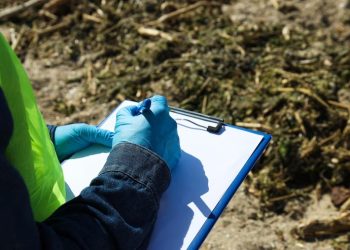Quantitative Occupational Health Risk Assessment (OHRA) Solutions

A Quantitative Occupational Health Risk Assessment (OHRA) is a process where the nature and extent of contact to specific hazardous agents are determined by a well-defined method and particular means. The method requires to use suitable laboratories to analyze samples and generate reports to take corrective actions in order to control the risk.
The major accident hazard scenarios are taken forward into Quantitative Occupational Health Risk Assessment for the assessment of the probability of undesired events and the seriousness of damage or harm being caused, together with the value judgements made regarding the importance of the results.
At Velosi, our expert Occupational Health Risk Assessment team conducts quantitative risk assessments utilizing sampling and analytical techniques for quantifying the exposure concentration of the hazardous agents to which the workers are potentially exposed. During this process, the obtained data is also used to determine the likelihood of risk to health hazards at an organization.
Direct Quantitative Occupational Health Risk Assessment
A direct risk assessment of exposures to health hazards is performed when:
The choice of control measures are based on the levels of exposure
The effectiveness of a control measure required to be assessed
Workers’ concerns need to be reduced
It is, or already became a regulatory concern
Responding or investigating to reported health effects
All the data gathered from the data collection processes will be compiled and collated into a report or rule set for submittal to the organization for approval. The rule set defines all the guidelines and assumptions that compose the basis for the quantitative health risk assessment.
The Quantitative Occupational Health Risk Assessment shall be conducted by our experts in compliance with the organization’s technical guidance for QHRA.










